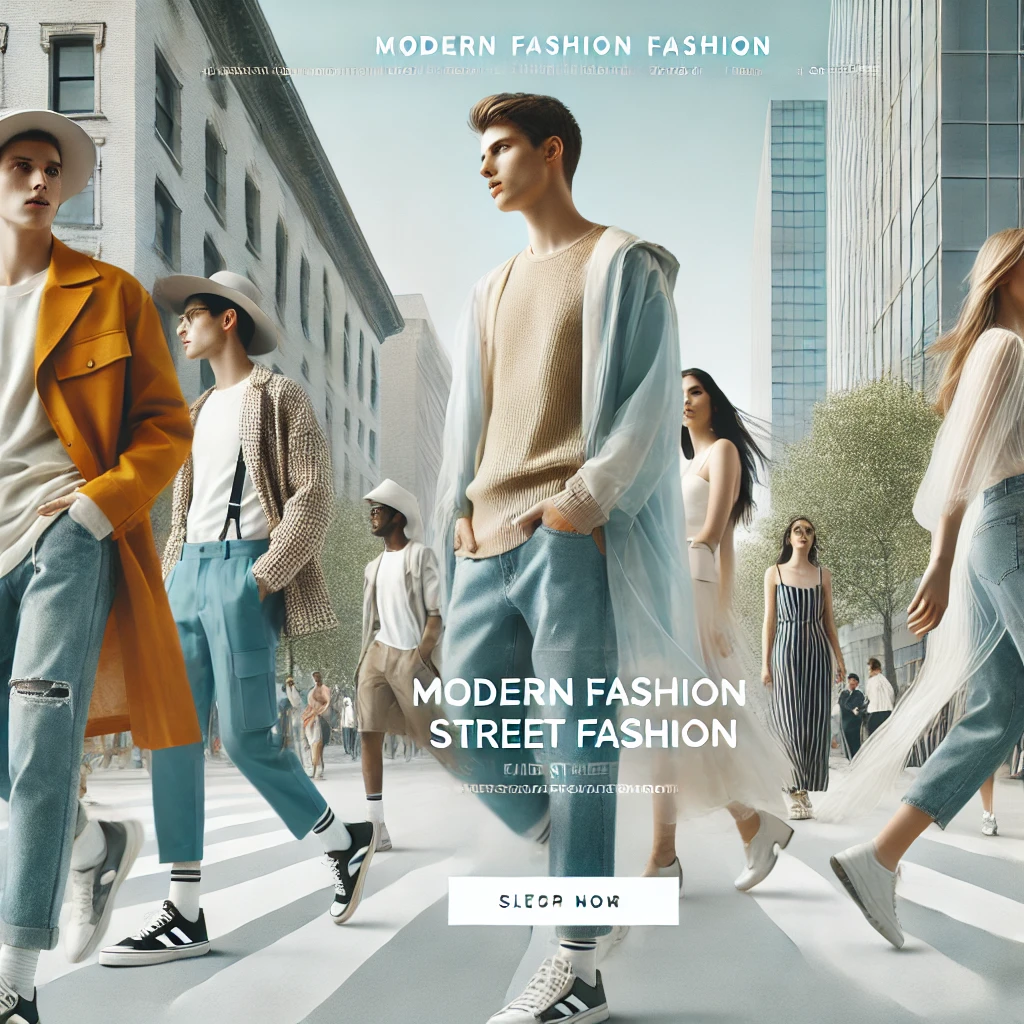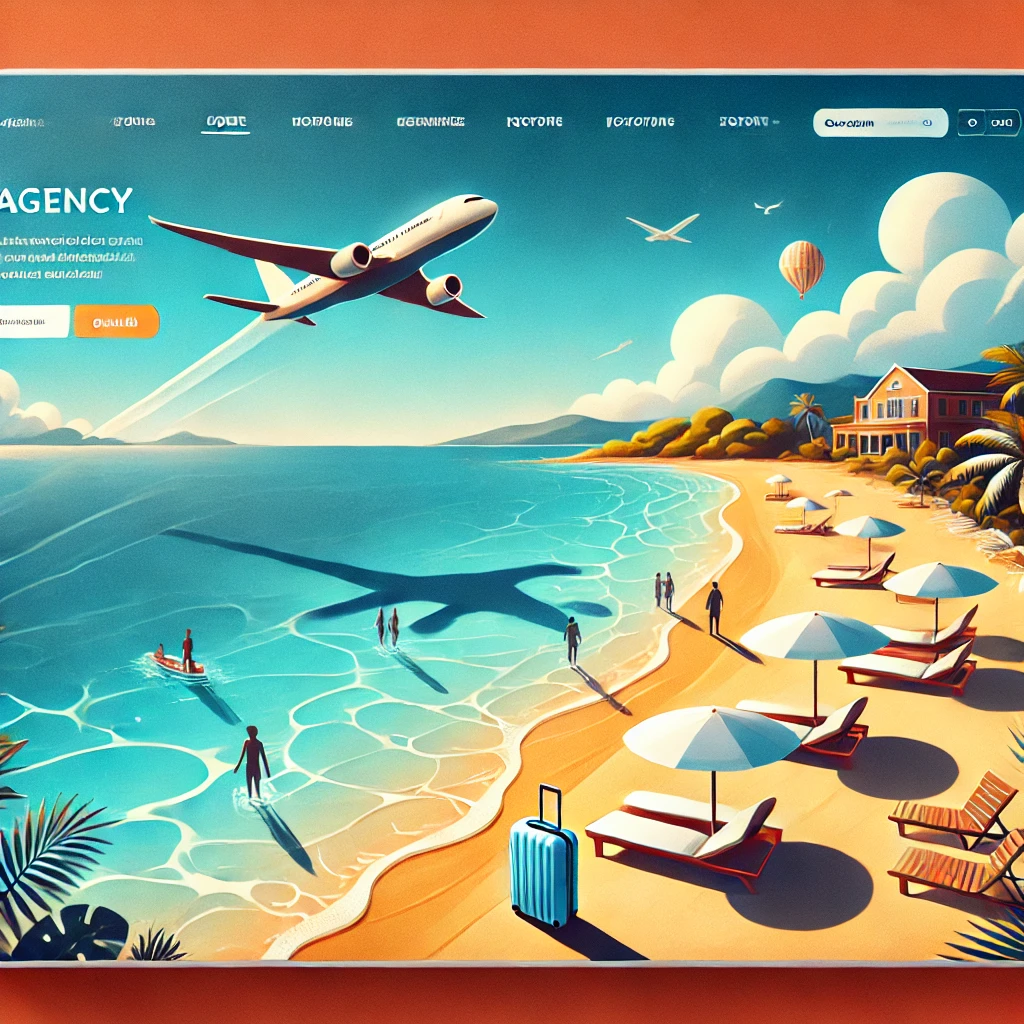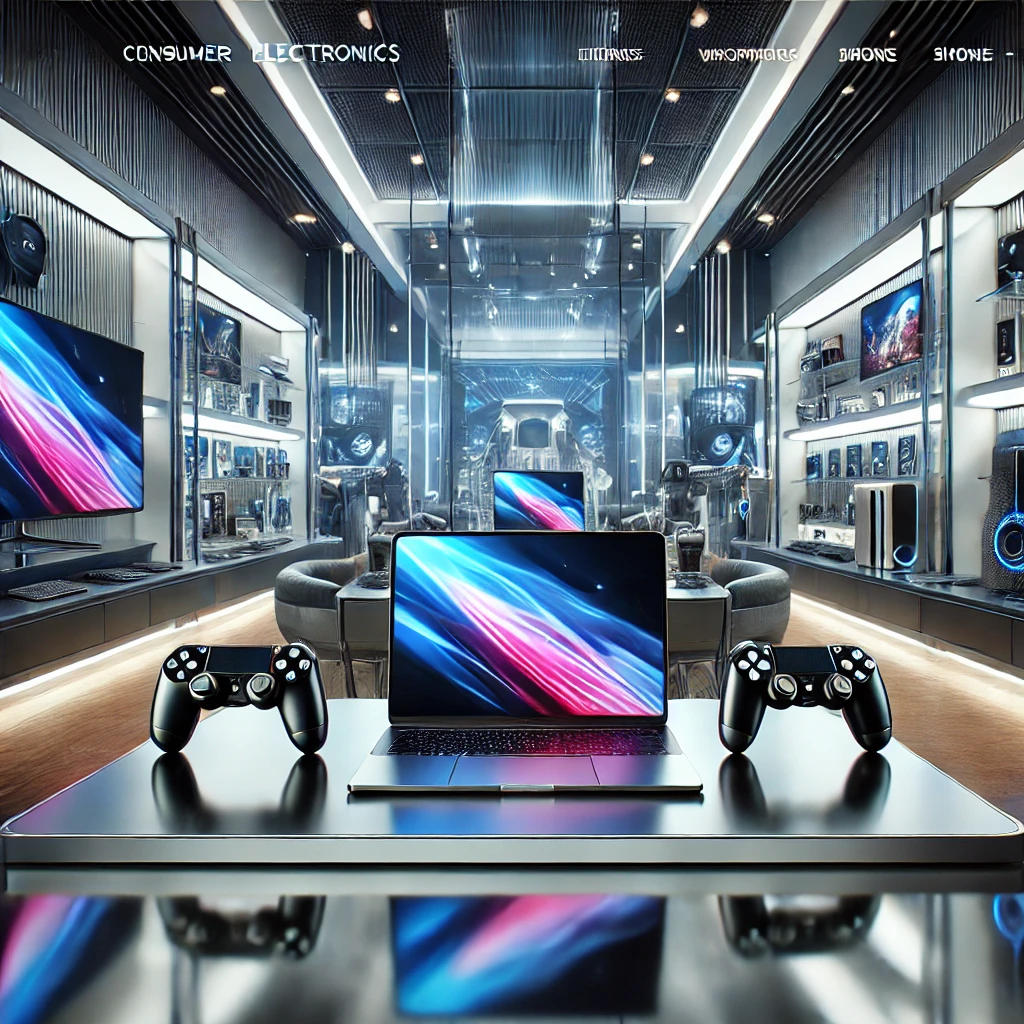4-Eyes and Delivr.ai--the fastest growing new audience provider on The TradeDesk. Learn more.

In the highly competitive landscape of fashion retail, one brand set out to improve its marketing strategy by implementing AI-Generated Contextual Signals along with custom segmentation. Instead of relying on broad, generalized audience targeting, the brand is able to create tailored audience segments that homes in on users engaging with specific fashion content—such as style guides, seasonal trends, and detailed product categories.
This shift allowed the retailer to serve ads at just the right time, reaching consumers who were already immersed in fashion-related content and thus more likely to be in a buying mindset.
Industry data shows that campaigns leveraging contextual targeting and custom segmentation tend to see significant performance improvements. Advertisers employing these strategies have reported an average 2-3x increase in Click-Through Rates (CTR), as ads appear in front of more relevant, engaged audiences. Similarly, Conversion Rates can increase by 30-50% on average, as ads become more aligned with the specific interests and behaviors of the consumer.
In addition, the integration of custom segmentation provides improved efficiency. On average, Cost Per Acquisition (CPA) is reduced by up to 40%, as the brand spent less on impressions that were unlikely to convert. The use of these strategies has been shown to improve Return on Ad Spend (ROAS) by an average of 20-30%, further increasing the profitability of their digital ad campaigns.
Also particularly effective is the ability to develop highly detailed custom segments. Rather than using a one-size-fits-all taxonomy, the brand creates targeted profiles that reflect real consumer behavior and preferences, such as shoppers interested in niche categories like athleisure or formalwear. This granular targeting leads to more meaningful engagement, with higher interaction rates—such as likes, shares, and comments—further amplifying the campaign’s impact.
In combining AI-generated contextual signals with custom segmentation, brands like this one are able to optimize advertising efforts, resulting in better consumer engagement, increased sales, and overall more effective use of its marketing budget.

In the travel industry, where consumers often spend weeks or even months researching their next trip, one travel agency turned to AI-Generated Contextual Signals and Custom Segments to better understand and engage their audience. Rather than using a broad, untargeted approach, the agency employed custom segmentation to identify users who are actively browsing travel guides, vacation destination reviews, and travel blogs.
This approach allowed the agency to serve highly relevant ads promoting tailored travel packages, reaching users at the perfect moment—when they were actively considering their next vacation.
Global averages suggest that using contextual targeting in the travel industry can lead to a 2-2.5x increase in Click-Through Rates (CTR), as ads are displayed to users who are deeply involved in vacation planning and content related to travel. Moreover, Conversion Rates in this sector typically improve by 25-35% when custom segments are employed to target users showing high travel intent, such as those researching specific destinations or looking for deals.
This strategy helps reduce Cost Per Acquisition (CPA) by an average of 30-40%, as the ads are focused on users most likely to book a trip, avoiding wasted impressions on those with low content engagement. Additionally, the use of AI-driven contextual targeting contributed to an average 20-25% increase in Return on Ad Spend (ROAS), allowing the agency to extract more value from its marketing budget by focusing on the right consumers at the right time.
This sort of success is largely driven by the ability to create custom segments based on users’ behaviors and travel preferences. By going beyond a general audience of “travel” the agency created segments that specifically targeted users interested in luxury travel, family vacations, or adventure tourism. These custom segments ensure that ads were not only relevant but also aligned with the specific needs and desires of each type of traveler. This granular targeting leads to higher engagement, with more users interacting with ads, visiting the website, and ultimately booking their dream vacations.
Through the combined use of AI-generated contextual signals and custom segmentation, the travel agency is able to optimize its campaign, driving an increase in bookings and improving overall marketing efficiency.

In the fast-growing health and wellness market, this brand sought to better align their advertising strategy with their audience’s behaviors. They turned to AI-Generated Contextual Signals and Custom Segments to identify consumers who are actively engaging with content about fitness, healthy eating, and general wellness. By targeting users who are reading articles on nutrition, workout routines, and self-care, the brand is able to serve ads for products like supplements, fitness gear, and skincare at the exact moments users are most interested.
The shift from broad audience targeting to using contextual signals allows the brand to reach consumers who are already in a mindset to improve their health, leading to more meaningful engagements.
Global averages for the health and wellness industry indicate that advertisers using contextual targeting can see a 1.5-2x increase in Click-Through Rates (CTR), as ads are shown to users in moments of high relevance, such as when they are researching ways to improve their physical well-being. Additionally, Conversion Rates in the health and wellness space increase by 20-35% when paired with well-defined custom segments that focus on specific behaviors and interests—such as fitness enthusiasts or individuals interested in plant-based diets.
By refining their targeting with custom segments, the wellness brand also sees improvements in efficiency. On average, Cost Per Acquisition (CPA) is reduced by up to 30%, as the ads focused more on high-intent users who were likely to make a purchase. Also of note is the improvement in Return on Ad Spend (ROAS) of 15-25%, as the tailored approach to contextual signals ensures that the marketing budget is spent more effectively.
The key to success is creating detailed custom segments based on consumer behaviors, going beyond the general category of “health-conscious individuals.” The brand identifies segments like fitness enthusiasts, yoga practitioners, and users focused on clean eating. This level of detail helps the brand better match their ads to the specific needs of each consumer group, resulting in higher engagement and more sales. Users are not only more likely to click on ads but also engage with the brand through actions like saving content, sharing products, and making purchases.
By using AI-generated contextual signals and Custom Segmentation, the health and wellness brand is able to increase sales, enhance customer engagement, and ensure that their ads reach the right audience at the most opportune moments.

In the competitive real estate market, timing and relevance are everything. One real estate agency leverages AI-Generated Contextual Signals and Custom Segments to precisely target potential homebuyers who are actively engaging with content about mortgages, neighborhood reviews, and home-buying tips. By identifying users who are in the research phase of purchasing a home, the agency is able to serve ads that resonate with their immediate needs—leading to more property viewings and inquiries.
Using contextual targeting allows the agency to connect with high-intent users who are already focused on purchasing decisions, significantly improving the effectiveness of their ad campaigns.
Industry averages suggest that real estate campaigns using AI-generated contextual targeting often experience a 1.5-2x improvement in Click-Through Rates (CTR), as ads are served to users who are actively seeking information about the home-buying process. Conversion Rates can increase by 20-35% with ads reaching prospective buyers who are ready to take the next step—whether it’s scheduling a viewing or contacting an agent.
For the real estate agency, the use of custom segmentation plays a key role in optimizing their campaign. Instead of broadly targeting all homebuyers, the agency develops segments focused on individuals at different stages of the buying process, from those researching mortgage options to those reading reviews of specific neighborhoods. This strategic approach helps to reduce Cost Per Acquisition (CPA) by an average of up to 30%, ensuring that marketing spend is used more efficiently on high-intent leads.
Moreover, Return on Ad Spend (ROAS) of 15-25% is reported, as ads are more likely to reach users who are serious about purchasing a home. These improvements translate into higher engagement metrics, including more inquiries, viewings, and interactions with property listings.
The combination of AI-generated contextual signals and custom segmentation allows the real estate agency to deliver more relevant ads that are aligned with the immediate needs of prospective buyers, leading to more inquiries and, ultimately, more closed deals. By targeting consumers at critical decision-making moments, the agency is able to improve the overall effectiveness of their marketing efforts and drive tangible business results.

In the fast-paced world of consumer electronics, one retailer sought a competitive edge by leveraging AI-Generated Contextual Signals and Custom Segmentation to better understand the behavior of tech-savvy consumers. Instead of casting a wide net, the store targets users who are actively comparing high-tech gadgets like smartphones, laptops, and gaming consoles. By identifying users engaged in product research, the retailer is able to deliver ads featuring tailored offers at the precise moment consumers are ready to make a purchase.
This more targeted, data-driven approach allowed the retailer to connect with shoppers who were in-market for tech products, resulting in a noticeable surge in both online sales and in-store visits.
Industry data suggests that contextual targeting in the consumer electronics sector often leads to a 2-3x increase in Click-Through Rates (CTR), as ads are shown to users actively researching tech products. Additionally, Conversion Rates improve by 25-40% on average, as ads align more closely with users’ current purchase intent.
Using custom segmentation to categorize detailed audiences —such as tech enthusiasts comparing specific brands or looking for deals on high-end devices—play a critical role in driving better results. This approach not only improves relevance but also reduces Cost Per Acquisition (CPA) by an average of up to 35%, as marketing spend is more efficiently allocated to high-intent users.
Also an increase in Return on Ad Spend (ROAS) of 20-30% is common, as more tailored offers lead to higher conversion rates and more meaningful engagement. This strategy not only improves online sales but also drives significant foot traffic to physical stores, particularly from consumers who wanted to explore the products in person before making a purchase.
By combining AI-generated contextual signals with custom segmentation, the consumer electronics retailer is able to engage the right audience at the right time, delivering highly relevant offers that resonate with shoppers. This approach resulted in increased sales, higher in-store visits, and overall improved marketing efficiency.

For a roofing company looking to grow its business, the challenge is finding the right audience at the right time. By leveraging AI-Generated Contextual Signals and Custom Segmentation the company is able to identify and target homeowners and businesses actively searching for roofing services, repairs, or replacements. Instead of casting a wide net, the company uses detailed data to focus on potential customers with immediate roofing needs, leading to a significant increase in qualified appointments.
This targeted approach not only improves the quality of leads but also optimizes the company’s overall lead generation efforts, enabling them to connect with high-intent customers.
Industry trends show that companies using contextual targeting in the home services sector—especially for high-consideration purchases like roofing—can achieve 2-2.5x higher Click-Through Rates (CTR), as ads reach consumers actively searching for relevant services. Conversion Rates can improve by an average of 20-30%, as customers receiving tailored messaging are more likely to book a consultation or request a quote.
For the roofing company, using custom segmentation allows them to focus on various high-intent audiences, such as homeowners in regions prone to weather damage or businesses needing commercial roofing repairs. This tailored strategy not only increases relevance but also reduces Cost Per Acquisition (CPA) by an average of up to 30%, as marketing spend can be directed toward the most qualified leads.
Reports show improvements in Return on Ad Spend (ROAS) by 15-25%, as more appointments are generated while maintaining or even reducing ad spend. By focusing on consumers with immediate roofing needs, the company is able to drive stronger engagement, leading to more requests for estimates and, ultimately, more contracts signed.
Combining AI-generated contextual signals with custom segmentation enables the roofing company to generate higher-quality leads, improve appointment-setting efficiency, and significantly increase their ROI. By reaching homeowners and businesses in moments of immediate need, the company is able to elevate its lead generation efforts and improve overall business outcomes.

In the luxury retail space, where customer intent and exclusivity are paramount, one high-end brand turned to AI-Generated Contextual Signals to refine their marketing efforts. By focusing on consumers who are already interacting with content related to premium products—such as designer handbags, luxury watches, and high-end fashion—the retailer is able to engage a highly targeted audience of affluent shoppers.
This approach allowed the brand to deliver ads at the exact moment when potential customers were demonstrating interest in luxury goods, leading to increased customer engagement and sales.
Industry averages suggest that luxury retailers using contextual targeting often experience a 1.5-2x increase in Click-Through Rates (CTR) compared to broad targeting methods, as they reach a more focused audience that is already engaging with luxury-related content. Additionally, Conversion Rates in the luxury market tend to improve by 20-30%, as the ads align more closely with the tastes and purchase intentions of discerning, high-end consumers.
For this luxury brand, using custom segmentation to refine their audience beyond general “luxury shoppers” plays a crucial role. By creating detailed segments—such as those interested in specific product categories like luxury jewelry or high-end travel experiences—reductions in Cost Per Acquisition (CPA) are reported by an average of up to 25%, as marketing spend is concentrated on the most qualified, high-value prospects.
Additionally, Return on Ad Spend (ROAS) is reported at 15-25%, as targeting affluent consumers with demonstrated interest in their products lead to a higher rate of sales, including big-ticket purchases. The tailored ads not only boost engagement but also help increase brand affinity, with consumers responding positively to personalized messaging and premium offers.
By combining AI-generated contextual signals with custom segmentation, the luxury retailer is able to effectively engage its core audience of high-end shoppers, driving stronger engagement, higher conversion rates, and ultimately, more sales. This targeted approach allowed the brand to connect with consumers who were already exploring luxury products, making their marketing efforts far more efficient and impactful.

A home improvement company looking to scale its call center operations needed to connect with homeowners actively considering renovations. By using AI-Generated Contextual Signals, the company is able to identify and target individuals researching home improvement tips, renovation ideas, and contractor services. This targeted approach allows the company to reach homeowners who are already in the mindset to invest in renovations, ensuring that their call center engaged high-intent leads.
With this refined targeting, the company efficiently converts leads into paying customers, driving significant revenue growth within just six weeks.
Global averages show that home services companies leveraging contextual targeting can achieve a 1.5-2x increase in Click-Through Rates (CTR), as ads are displayed to consumers already engaged with relevant content. By reaching homeowners at the right moment—when they are actively researching renovation projects—Conversion Rates can improve by 20-30%, as users are more likely to follow through on inquiries and bookings.
The key to success is developing custom segments that focus on homeowners interested in specific types of renovations, such as kitchen remodels, bathroom upgrades, or energy-efficient home improvements. This level of detail helps reduce Cost Per Acquisition (CPA) by an average of up to 30%, as marketing efforts were more efficiently directed toward consumers with immediate renovation needs.
Additionally, an increase in Return on Ad Spend (ROAS) of 15-25% is reported, as higher engagement and conversion rates translated into more closed sales and greater revenue. By focusing on homeowners already engaged in the planning process, the call center is able to maximize its appointment-setting efficiency and turn more leads into loyal customers.
By combining AI-generated contextual signals with custom segmentation, the home services call center achieved rapid growth, generating significant revenue in a short period of time. This targeted approach allowed the company to focus its resources on leads that were most likely to convert, driving business success in a highly competitive market.

In a highly competitive market, an automotive dealership sought to refine its marketing strategy by using AI-Generated Contextual Signals to target consumers actively researching vehicles. By identifying users browsing vehicle reviews, buying guides, and comparison sites, the dealership is able to reach potential buyers with strong purchasing intent. This enables them to deliver ads that speak directly to consumers ready to make a decision, leading to a significant increase in test drives and vehicle sales.
This data-driven approach helped the dealership optimize its marketing strategy by connecting with high-intent users at crucial moments in their purchase journey.
Industry trends suggest that automotive dealerships using contextual targeting can achieve a 2-2.5x improvement in Click-Through Rates (CTR), as ads are presented to consumers who are already researching vehicles. Conversion Rates tend to improve by 25-40% on average, as the ads resonate with buyers who are further along in the decision-making process and closer to making a purchase.
For the dealership, the use of custom segmentation allows them to target specific types of buyers, such as those interested in SUVs, electric vehicles, or luxury models. This level of granularity helps reduce Cost Per Acquisition (CPA) by an average of up to 30%, as marketing efforts focus on those most likely to schedule a test drive or inquire about financing.
Additionally, Return on Ad Spend (ROAS) of 20-30% is reported, as the tailored ads lead to more conversions while maintaining efficient ad spending. By focusing on consumers with high purchase intent, the dealership sees a marked increase in engagement, from more website visits and inquiries to a significant rise in scheduled test drives and completed sales.
By combining AI-generated contextual signals with custom segmentation, the automotive dealership is able to drive more qualified leads and optimize its advertising efforts, resulting in higher sales and better marketing performance. This approach enabled the dealership to connect with consumers during key decision-making moments, ensuring their ads were both timely and relevant.

A company seeking to rapidly grow its newsletter subscriber base leverages AI-Generated Contextual Signals to identify users engaging with specific content topics relevant to their industry. By targeting individuals already reading articles, guides, and content related to the company’s niche, the strategy turns content engagement into a powerful lead generation tool.
Using this approach, the company is able to build its newsletter subscriber list to 30,000 in a short period, effectively growing its audience with highly relevant and engaged users.
Global averages show that companies using contextual targeting for newsletter sign-ups can expect a 2-3x increase in Click-Through Rates (CTR), as ads and prompts for sign-ups are delivered to users already engaging with relevant content. This higher level of relevance leads to more effective engagement, with Conversion Rates increasing by 25-40% on average, as users are more likely to subscribe when the content aligns with their interests.
The use of custom segmentation is key to targeting users based on specific content behaviors. By identifying readers of particular topics or interest areas—such as industry trends, product reviews, or expert advice—the company is able to tailor its messaging and offers to different audience segments. This approach helps reduce Cost Per Acquisition (CPA) by up to 35%, as marketing spend is directed at high-intent users, making the campaign more efficient and cost-effective.
On average, a Return on Ad Spend (ROAS) of 20-30%, as the focused approach leads to more qualified subscribers without needing to significantly increase ad spend. This improved targeting ensures that subscribers gained were not only numerous but also engaged, leading to higher open rates and more interaction with the content sent through the newsletter.
By combining AI-generated contextual signals with custom segmentation, the company is able to turn content engagement into strong audience growth, ensuring that its newsletter reached users who were genuinely interested in the topics being discussed. This strategy proved to be an effective and scalable way to grow an engaged, responsive subscriber base.

A local fitness studio sought to grow its memberships by targeting consumers who were actively engaging with fitness-related content online. By utilizing AI-Generated Contextual Signals, the studio identifies individuals browsing workout routines, gym memberships, and fitness class schedules. This allows them to advertise their gym memberships and fitness packages to high-intent consumers who are already in the mindset of improving their health and fitness.
This strategic targeting approach led to a noticeable increase in sign-ups, membership renewals, and overall business growth.
Industry trends show that fitness studios using contextual targeting typically see a 1.5-2x increase in Click-Through Rates (CTR), as ads are displayed to consumers who are already researching fitness options. Conversion Rates often improve by 20-35%, with ads reaching individuals who are more likely to take the next step in joining a gym or signing up for fitness classes.
For this fitness studio, the use of custom segmentation plays a crucial role. Instead of broadly targeting anyone interested in fitness, the studio creates segments focused on individuals looking for specific offerings, such as strength training, yoga classes, or personal training programs. This level of segmentation helped reduce Cost Per Acquisition (CPA) by up to 30%, as the advertising budget is directed toward high-intent prospects who were most likely to convert.
An increase in Return on Ad Spend (ROAS) of 15-25% is reported, as the tailored messaging led to more gym memberships and package sales without a significant increase in ad spend. By targeting users already browsing fitness-related content, the studio is able to boost its lead generation efforts and drive significant revenue growth.
By combining AI-generated contextual signals with custom segmentation, the fitness studio optimized its marketing strategy, resulting in a surge of new memberships and higher retention rates. This targeted approach allowed the studio to focus its resources on users who were most likely to join, ensuring a more efficient and effective path to business growth.

CONNECT WITH SALES
